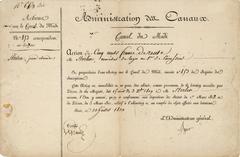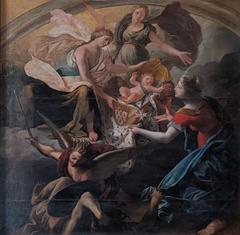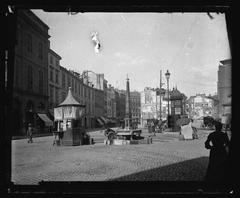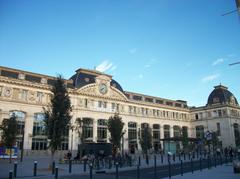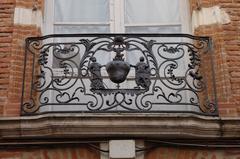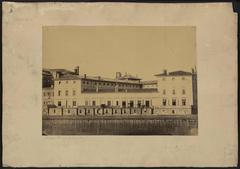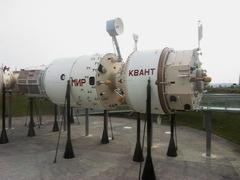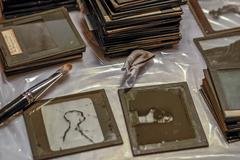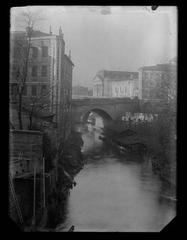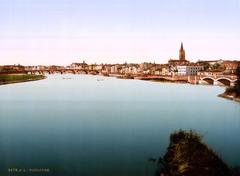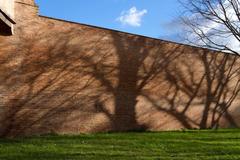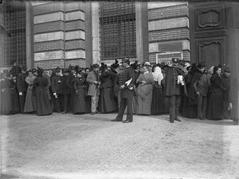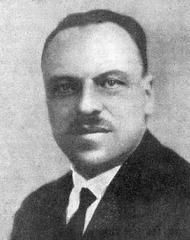
Stade des Ponts Jumeaux Toulouse: Visiting Hours, Tickets, and Travel Guide
Date: 03/07/2025
Introduction
The site of the former Stade des Ponts Jumeaux in Toulouse, France, is a touchstone for rugby enthusiasts and cultural historians alike. Established in 1907, the stadium quickly became the heartbeat of Toulouse’s rugby culture and a symbol of community pride. Named after the iconic “Twin Bridges”—the Ponts Jumeaux—where the Canal du Midi, Canal de Brienne, and Canal de Garonne converge, the site continues to reflect Toulouse’s role as a center of commerce, transportation, and sporting excellence (Toulouse Tourism: Ponts Jumeaux).
Although the original stadium was demolished in 1980 for urban development, its legacy is preserved through commemorative markers, local memory, and nearby modern facilities such as the Complexe sportif des Ponts Jumeaux and Stade Ernest-Wallon. Visitors today can immerse themselves in the layered history of rugby, urban development, and canal engineering that defines this area.
This comprehensive guide will provide detailed insights into the origins, history, visitor logistics, and surrounding attractions of Stade des Ponts Jumeaux, ensuring your experience in Toulouse is both memorable and enriching.
Table of Contents
- Origins and Historical Importance
- Architectural Features and Facilities
- Social and Cultural Impact
- Visiting Information: Hours, Tickets, Accessibility, and Travel Tips
- The Ponts Jumeaux District and Bas-relief Monument
- Getting There: Transport and Accessibility
- What to See and Do Nearby
- FAQs
- Plan Your Visit: Tips and Recommendations
- Sources and Further Reading
Origins and Historical Importance
The Stade des Ponts Jumeaux was inaugurated in 1907 to provide Stade Toulousain, the city’s newly founded rugby club, with a permanent home (Stade Toulousain Official History). Its strategic location near the confluence of three canals made it a focal point for both city residents and visiting teams (Toulouse Tourism: Ponts Jumeaux).
From its earliest days, the stadium drew crowds of up to 6,000, a remarkable number for the early 20th century (Surlatouche.fr). The site quickly became synonymous with rugby culture in southwestern France, hosting seventeen French Rugby Championship finals between 1909 and 1950 (Wikipedia; The Rugby Journal).
Beyond rugby, the stadium also hosted the first-ever football match between the French and Portuguese national teams, drawing 16,000 spectators (Wikipedia).
Architectural Features and Facilities
The original Stade des Ponts Jumeaux featured a practical design. It included a wooden main stand (later reinforced with concrete) for club members and dignitaries, with open terraces for the general public. The quality of the pitch was renowned, and the stadium later gained evening floodlights to extend its utility.
Although modest by modern standards, its intimate layout contributed to a legendary match-day atmosphere, fostering generations of rugby talent and uniting the local community (Stade Toulousain Archives).
Social and Cultural Impact
The stadium’s influence extended well beyond sport. It served as a social hub, bringing together families, students, and workers on match days. Local businesses benefited from the influx of spectators, and the stadium became central to the city’s identity—especially during challenging times, such as the World Wars (La Dépêche du Midi: Rugby à Toulouse).
Even after its demolition, the memory of Ponts Jumeaux remains strong, continuing to inspire Toulouse’s rugby culture and urban development (Actu.fr).
Visiting Information: Hours, Tickets, Accessibility, and Travel Tips
Stade des Ponts Jumeaux Site
- Current Status: The original stadium was demolished in 1980. The area is now home to the Complexe sportif des Ponts Jumeaux and urban green spaces (Ville de Toulouse: Complexe sportif Ponts Jumeaux).
- Visiting Hours: The site is a public space, accessible year-round and free to visit at any time.
- Tickets: No tickets are required for the site itself.
- Accessibility: The area is flat, pedestrian- and cyclist-friendly, and equipped for visitors with reduced mobility.
- Travel Tips: Combine a visit with a canal-side walk or cycle, and enjoy the nearby cafés for a taste of local cuisine.
Stade Ernest-Wallon (Home of Stade Toulousain)
- Address: 114 Rue des Troènes, 31200 Toulouse
- Guided Tours: Available mainly on weekends during the rugby season (typically in French; inquire for English availability).
- Tour Duration: ~1.5 hours
- Ticket Prices: Adults €14; reduced rates for minors, students, job seekers, people with disabilities, large families, and seniors; free for children under 6. Advance booking strongly recommended (Stade Toulousain – Guided Tour).
- Accessibility: Wheelchair accessible; contact ahead for special requirements.
The Ponts Jumeaux District and Bas-relief Monument
A highlight of the area is the Bas-relief des Ponts Jumeaux, a monumental Carrara marble sculpture from 1775 celebrating the junction of the three canals (Toulouse Métropole). This open-air monument is accessible at all hours and free of charge.
The Ponts Jumeaux bridges themselves are a marvel of 18th-century engineering, making the area a destination for both history buffs and casual visitors.
Getting There: Transport and Accessibility
- Bus: Lines L1, 63, 66, 70, AERO stop at “Ponts Jumeaux” or “Suisse”, a short walk from the site (Moovit).
- Metro: “Canal du Midi” (Line B) is about a 15-minute walk.
- Tram: “Zénith” tram stop is a 10-minute walk.
- Car: Street parking is available but can be limited on event days.
- Bike/On Foot: The area is ideal for cycling and walking, with scenic routes along the canals.
What to See and Do Nearby
- Canal du Midi: Enjoy walks, cycling, or boat tours along this UNESCO World Heritage site.
- Port de l’Embouchure: The picturesque port at the canal junction.
- TBS Education Campus & Église Saint-Jean-Baptiste de Sept-Deniers: Notable sites within walking distance.
- Cafés and Markets: Sample local treats like “chocolatine” at nearby bakeries.
Frequently Asked Questions (FAQ)
Q: Can I visit the original Stade des Ponts Jumeaux stadium today?
A: The stadium no longer exists, but the site and its commemorative features are open to the public.
Q: Are there guided tours of the old stadium site?
A: No tours focus solely on the former stadium, but canal and heritage walking tours include the Ponts Jumeaux area. Stade Ernest-Wallon offers in-depth rugby history tours (Stade Toulousain – Guided Tour).
Q: Is the area wheelchair accessible?
A: Yes, the paths around the Port de l’Embouchure and the bas-relief are flat and accessible.
Q: How do I get to the area by public transport?
A: Multiple bus lines and metro stations serve the area; details above.
Q: Are there facilities for visitors?
A: Restrooms and cafés are available nearby; the site itself is open-access.
Plan Your Visit: Tips and Recommendations
- Combine Experiences: Pair a stadium or history tour with a canal walk or bike ride.
- Capture the Moment: Golden hour offers the best light for photos of the bas-relief and canals.
- Check Events: Local markets, rugby matches, and festivals often animate the district.
- Use Digital Resources: The Audiala app offers multimedia guided tours and interactive maps.
Conclusion
Though the Stade des Ponts Jumeaux no longer stands, its spirit is woven into the fabric of Toulouse. The area’s significance is preserved in commemorative monuments, the ongoing success of Stade Toulousain, and the vibrant life of the Ponts Jumeaux district. Visitors can explore this rich heritage by walking the canals, visiting the bas-relief, or attending a rugby match at Stade Ernest-Wallon. For planning, use official websites, tourism offices, or interactive apps like Audiala for up-to-date information and immersive experiences.
Sources and Further Reading
- Stade Toulousain Official History
- Toulouse Tourism: Ponts Jumeaux
- The Rugby Journal: Stade des Ponts Jumeaux History
- Wikipedia: Stade des Ponts Jumeaux
- Ville de Toulouse: Complexe sportif Ponts Jumeaux
- Toulouse Métropole: Bas-relief des Ponts Jumeaux


